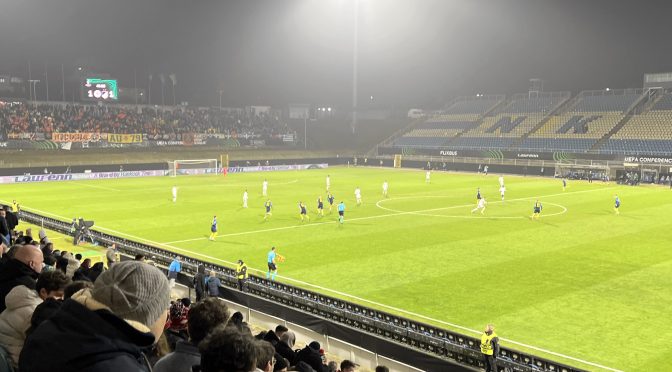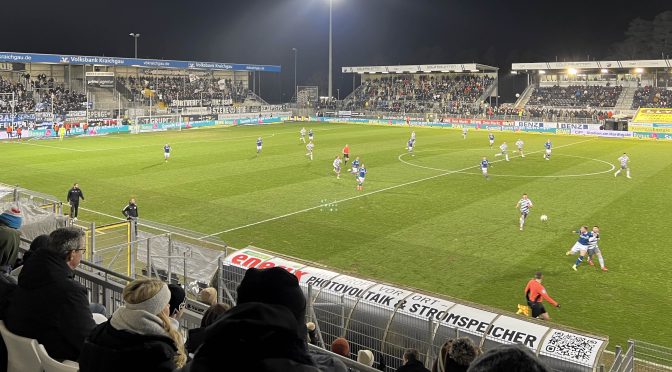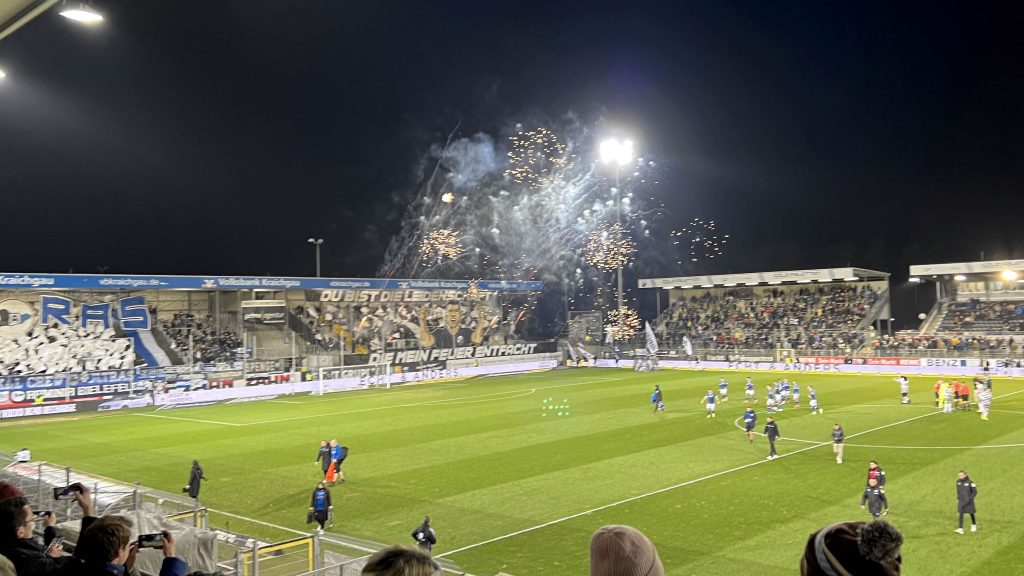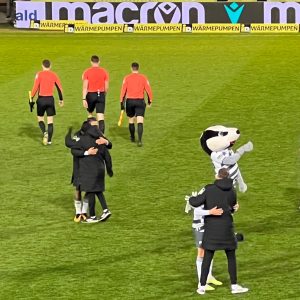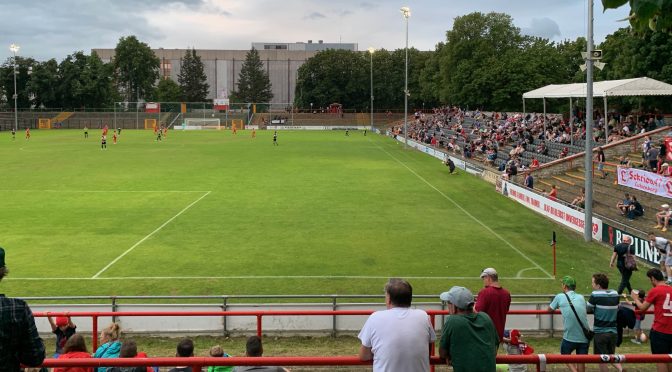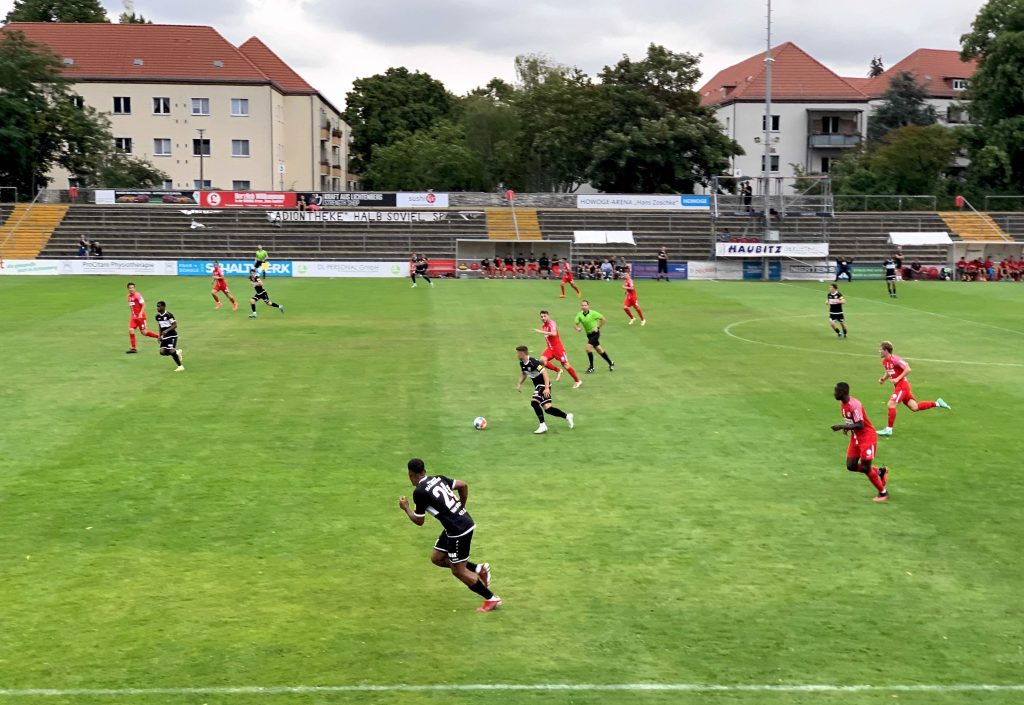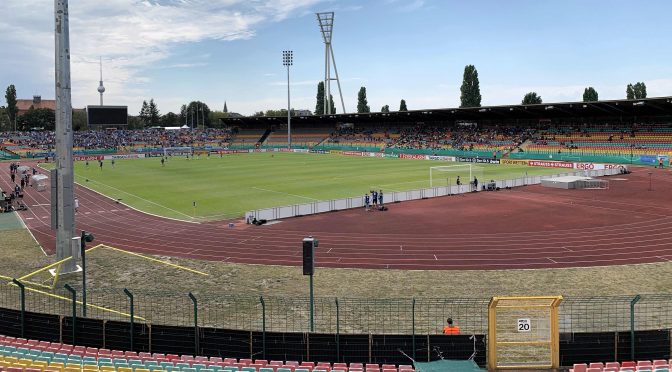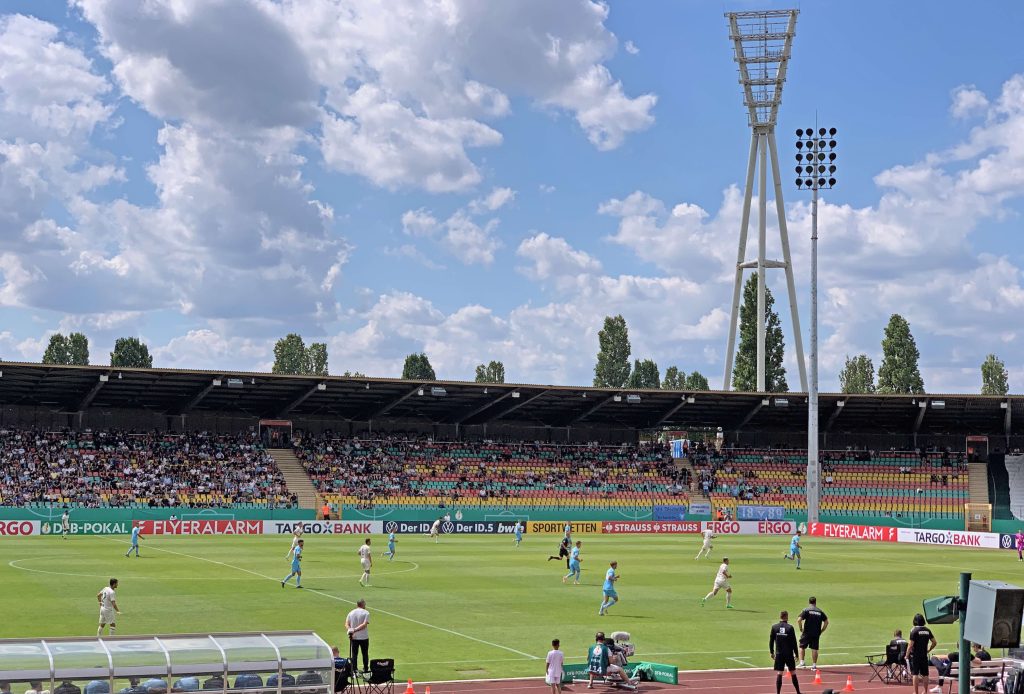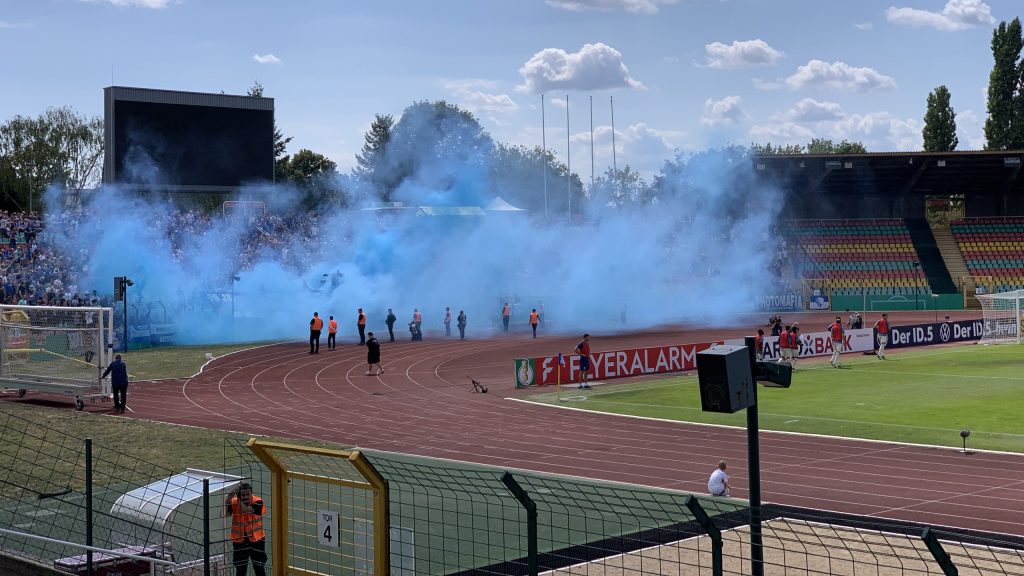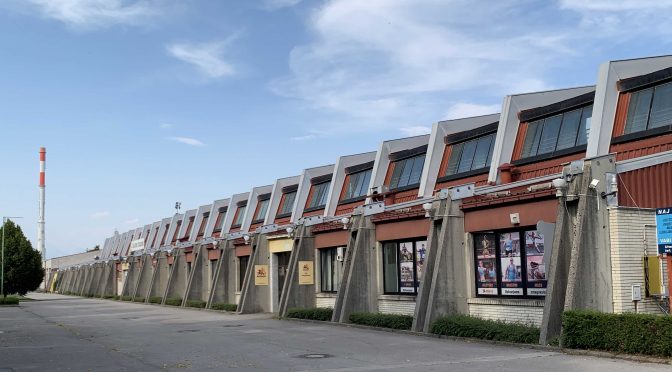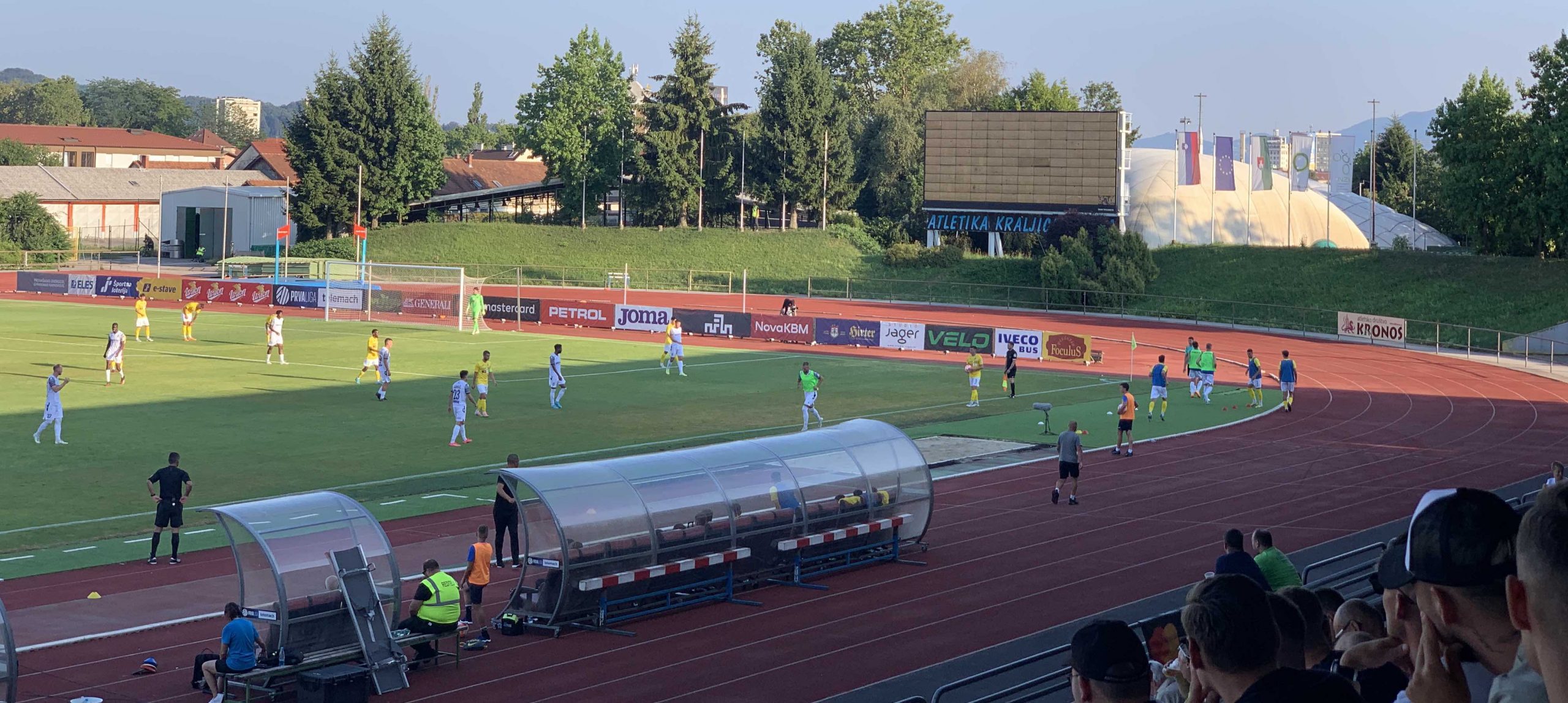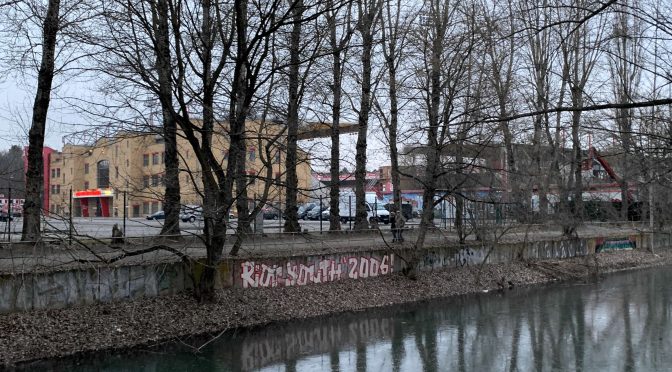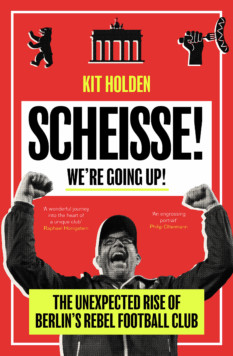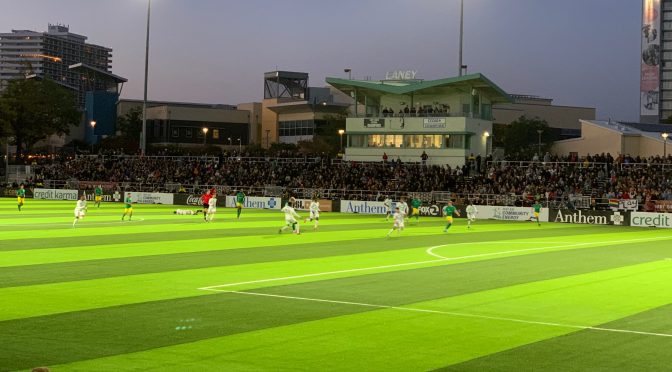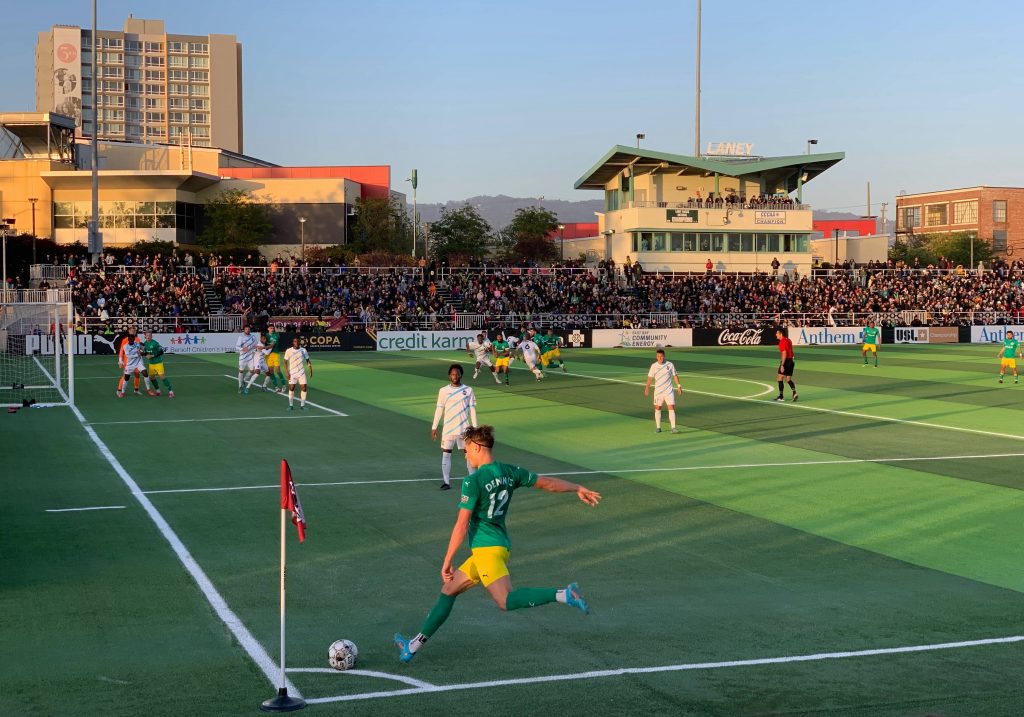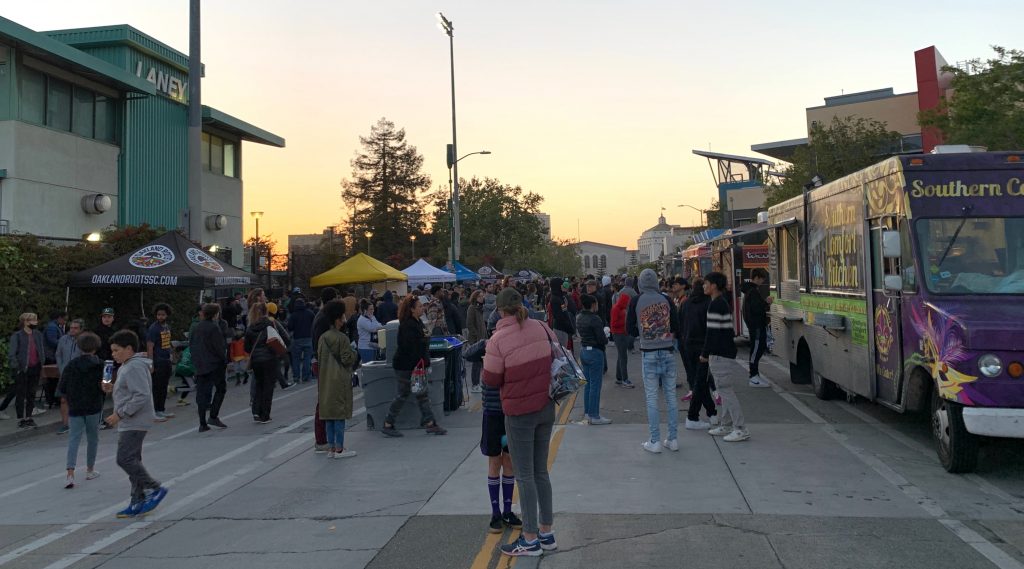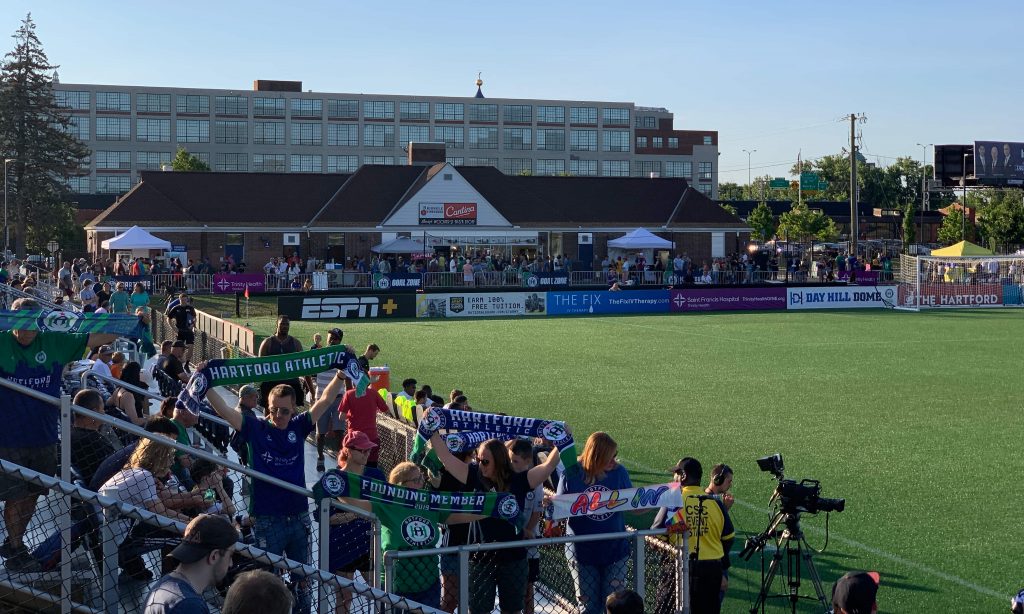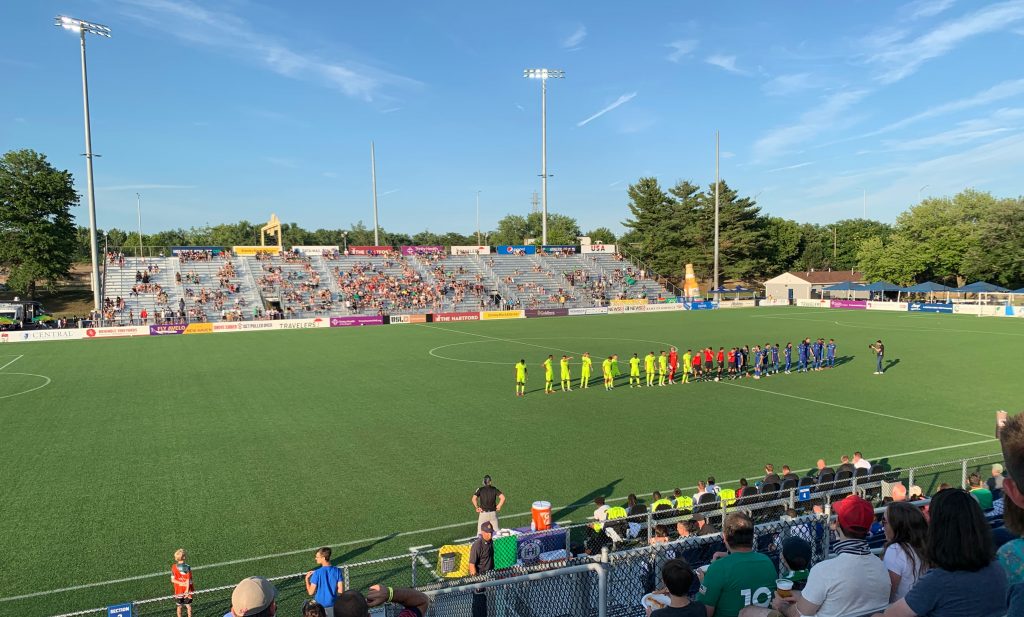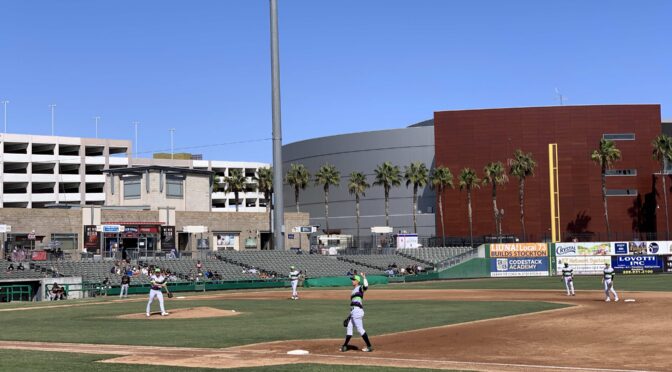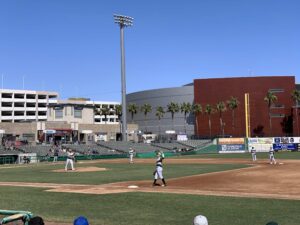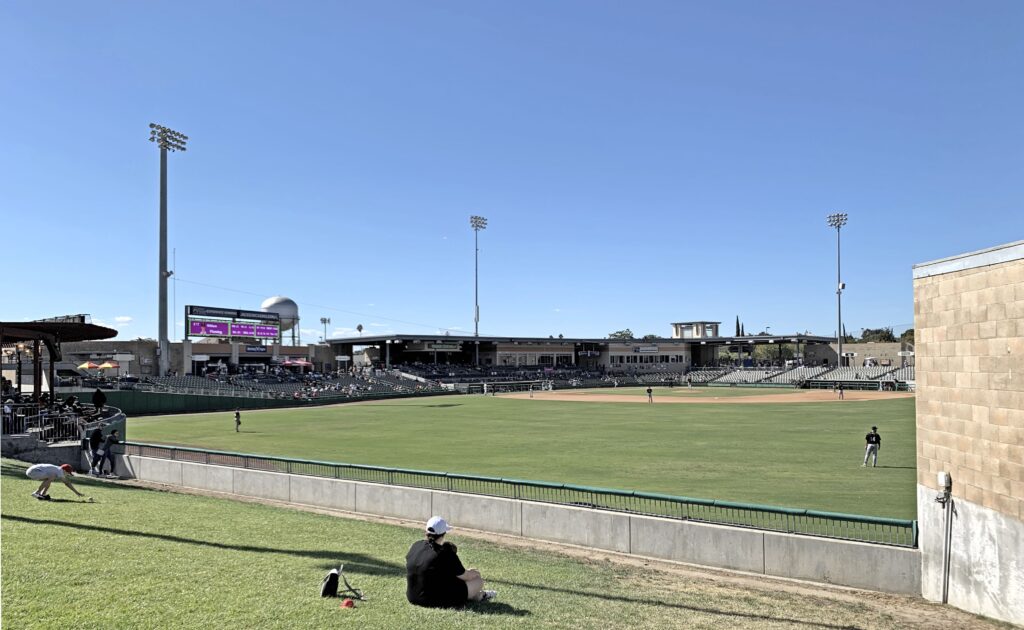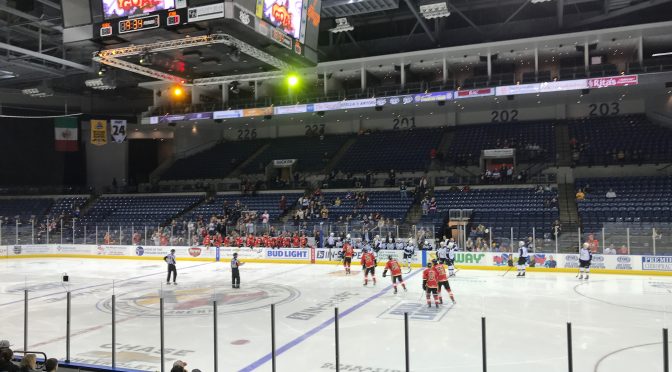February 13, 2025: Celje, Slovenia
NK Celje 2, APOEL 2
I can see the temptation to make a little fun of the Conference League.
Now in its fourth edition, it’s European football organizer UEFA’s third-tier club competition, below the all-powerful Champions League, and the one-tier-lower Europa League.
The argument that the Conference League is silly is that it creates, to use a college basketball analogy, an NIT below the NIT for teams not fit for purpose in UEFA’s already second-tier Europa League.
The argument in its favor1A case well-argued on the wonderful Sweeper podcast is that it offers the experience of European competition for teams, and fans, unlikely to experience it otherwise.
What I found in Celje, Slovenia, to where I manipulated my existing travel plans upon learning of the Conference League match, supports the latter argument.
It was the first of a two-leg playoff pitting APOEL, last year’s champions in Cyprus, against NK Celje, winners of the 23-24 Slovenian title.
It was the first round of the knockout playoffs after a league phase in the fall. And the first such European knockout game ever played in Celje.
As I exited my train through the tunnel into the station, the singing started. More than 1,000 APOEL fans were expected, and more then a few of them, in the orange jackets that marks their largest ultra group, got off the same train, and started singing.
NK Celje has a 13,000 seat stadium, well beyond its typical league attendance of under 2,000.
They didn’t need all the seats (or open all the stands of Z’dežele Stadium), but attendance was reported at 4,050, and their primary, modern east stand felt pretty full, and the crowd was enthusiastic and engaged.
With four goals, there was plenty to engage with, and both teams fought agressively over the ball as the home side took the lead twice, only to have their Cypriot opponents answer.
A 74th minute red card (second yellow) to APOEL gave the hosts an advantage they were not able to press, amid gratuitous time-wasting by the Cypriot side (the Ukrainian ref should have carded someone) and the tie moved to Lanarca a week later all even, a situation that should favor APOEL, which earned the higher seed in the league phase.
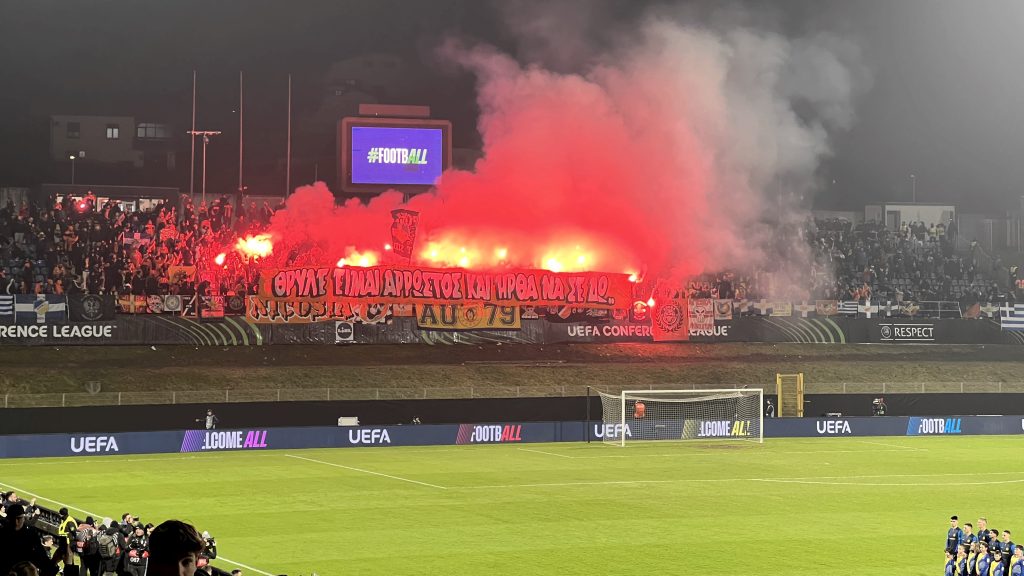
Celje had about 200-ish ultras behind the east goal, and they kept up the singing, drumming and flag-waving throughout. In contrast to my experience in Sandhausen, I found that this small-but-enthusiastic band and the “regular” Celje fans fed off each other, instead of living in separate worlds, and the audience as a whole, while full of kids, still had a real playoff vibe.
Plays and players: Kudos to Celje defender Lukasz Bejger, for a goal line save in the 27th minute after AOPEL’s Issam Chebake caught them by surprise on a quick restart and got one by the keeper.
Credit to AOPEL’s David Abagna for his spark-plug efforts in midfield, and Bejger’s central defense partner for Celje, Klemen Nemanič, for being a visibly steady hand on the back line.
Celje’s Lithuanian striker Armandas Kučys lit the touchpaper with a second-minute goal, but I’m at a loss to figure out how APOEL keeper Vid Belec managed to not save the shot, which came from a terrible angle.
On the bright side, he saved Kučys’ second-half penalty. On the not-so-bright side, he didn’t move as Kučys pounced on the rebound to score anyway.
Not so Nice: The rain of beer cups from the APEOL fan end after that goal.
The fire still burns: At first I gave APOEL’s ultras the pyro win, for lighting off a line of flares during the game introduction, while Celje’s stadium crew set off streamers.
But then, from outside the stadium, as the PA blared “Welcome to the Jungle” before kickoff, came a series of straight up July 4-style fireworks. I award a draw.
The UEFA full-time report is here.
NK Celje’s English writeup is here.

